Whether you’re flipping through a photo album filled with warm memories or admiring photography works in an exhibition hall, the texture and emotional resonance brought by physical photos can far from be replaced by a mobile phone screen. And a high-quality photo paper can endow images with more emotional weight and artistic tension, freezing moments of light and shadow.
This article will take you through the imaging principles, common types, and purchasing tips for photo paper, helping you make professional and practical choices when facing a wide range of paper products.
Before we dive into how to choose the right paper, let’s start with a more basic question: How does it create an image?
How Does Photo Paper Create an Image?
Silver Halide Photo Paper
The core of photosensitive photo paper is its photosensitive coating, which contains silver halide particles (such as silver bromide). These particles undergo subtle reactions when exposed to light, forming an invisible “latent image”. Through a series of chemical steps including development and fixing, this latent image transforms into a visible photograph.
The entire process is like a chemistry magic show:
- 📷 The paper is exposed to light in a darkroom, with the image projected through a film negative.
- 🧪 A developer solution turns the exposed areas dark, while the unexposed parts remain unchanged.
- 💧 A fixer removes the remaining silver halide, permanently setting the image onto the paper.
This method offers rich grayscale layers and unparalleled black-and-white details, still beloved by many black-and-white photographers today.
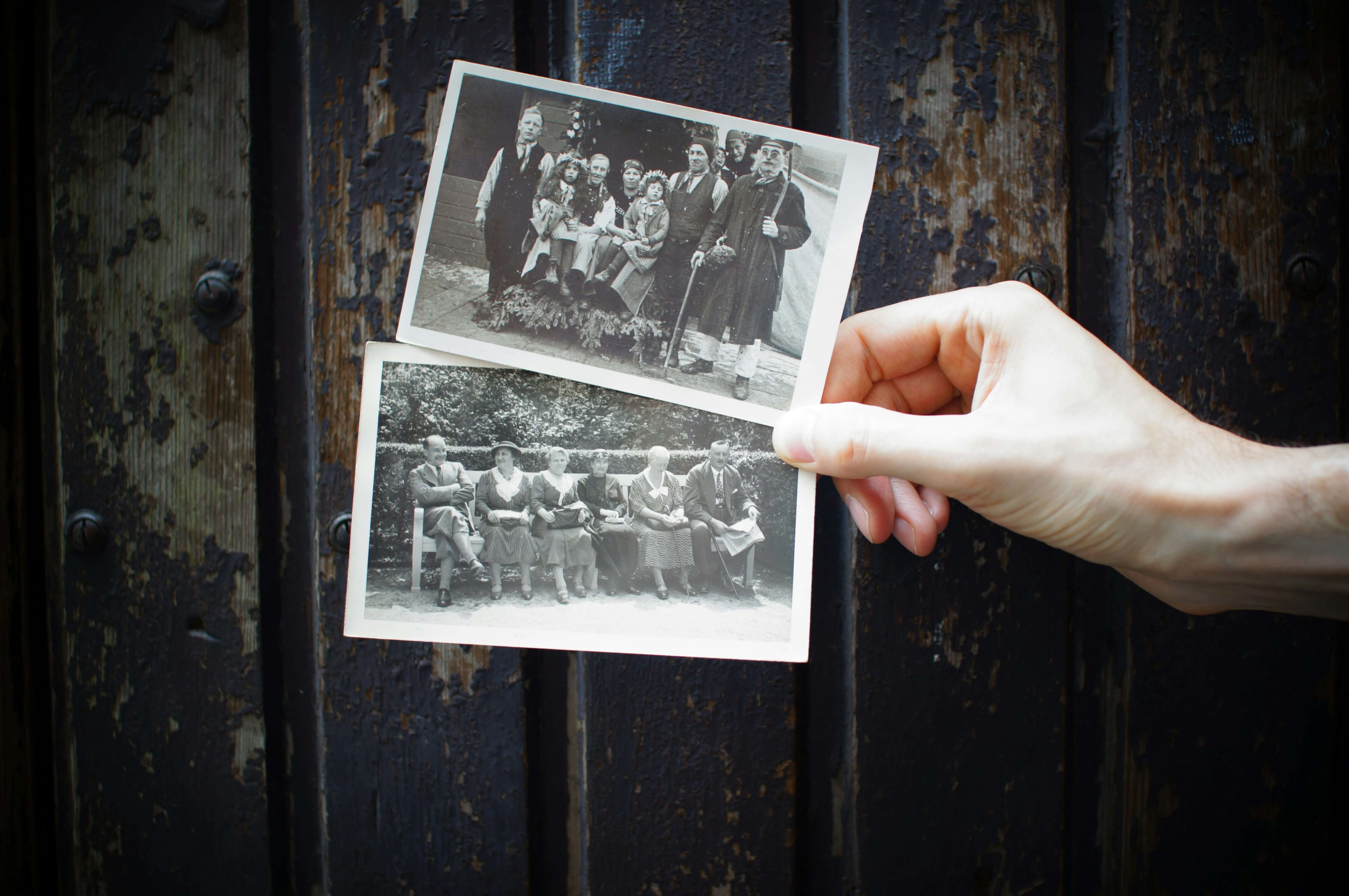
However, for ordinary photography enthusiasts, the tedious darkroom operations and chemical development process of silver halide photo paper struggle to keep up with today’s fast-paced lifestyle. Instead, more efficient digital printing technology has taken over. Nowadays, home photo printers and photo booths commonly use inkjet technology to print images directly onto paper. This is the world of digital photo paper.
Digital Photo Paper
By contrast, the imaging principle of digital photo paper is more simple. The printer converts digital images into thousands of tiny ink droplets, which are sprayed onto the surface of the photo paper to form a color photograph.
During printing, to ensure the ink is absorbed quickly without smudging, digital photo paper typically has an ink-absorbing coating on its surface. This coating effectively locks the position of ink droplets, speeds up drying, and keeps the pattern clear while preventing smudging from fingers right after printing.
High-quality inkjet photo paper usually has a four-layer structure: a glossy or matte surface layer, an image-carrying coating, an ink-absorbing layer, and a base paper layer. The ink-absorbing layer often uses highly absorbent materials like refined clay to enhance color expression and limit ink diffusion. To improve paper whiteness and imaging contrast, some photo papers also add bleaching agents or titanium dioxide pigments, giving the paper a brighter white visual effect.
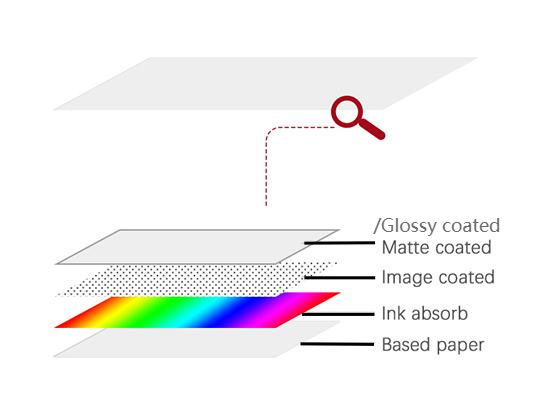
According to different surface coatings, photo paper can be roughly divided into three types: glossy, matte, and semi-gloss, which present different textures suitable for various usage scenarios and aesthetic preferences. Let’s introduce them in detail next.
Choosing the Right Surface Texture
Glossy Photo Paper
If you prefer photos with vibrant colors and bright transparency, glossy photo paper is likely your top choice.
This type of photo paper has a smooth surface and high reflectivity, which can well present rich colors and clear details. It is ideal for printing landscape photos, portraits, or works with abundant color layers. Glossy photo paper shines under light, creating a strong visual impact with sharp imaging, making it one of the most common types in daily photo printing.
Glossy photo paper can be further divided into RC (resin-coated) photo paper and cast-coated photo paper based on technology, which differ in water resistance, quick-drying speed, and paper flatness. Interested readers can follow our upcoming special topic articles for more details.
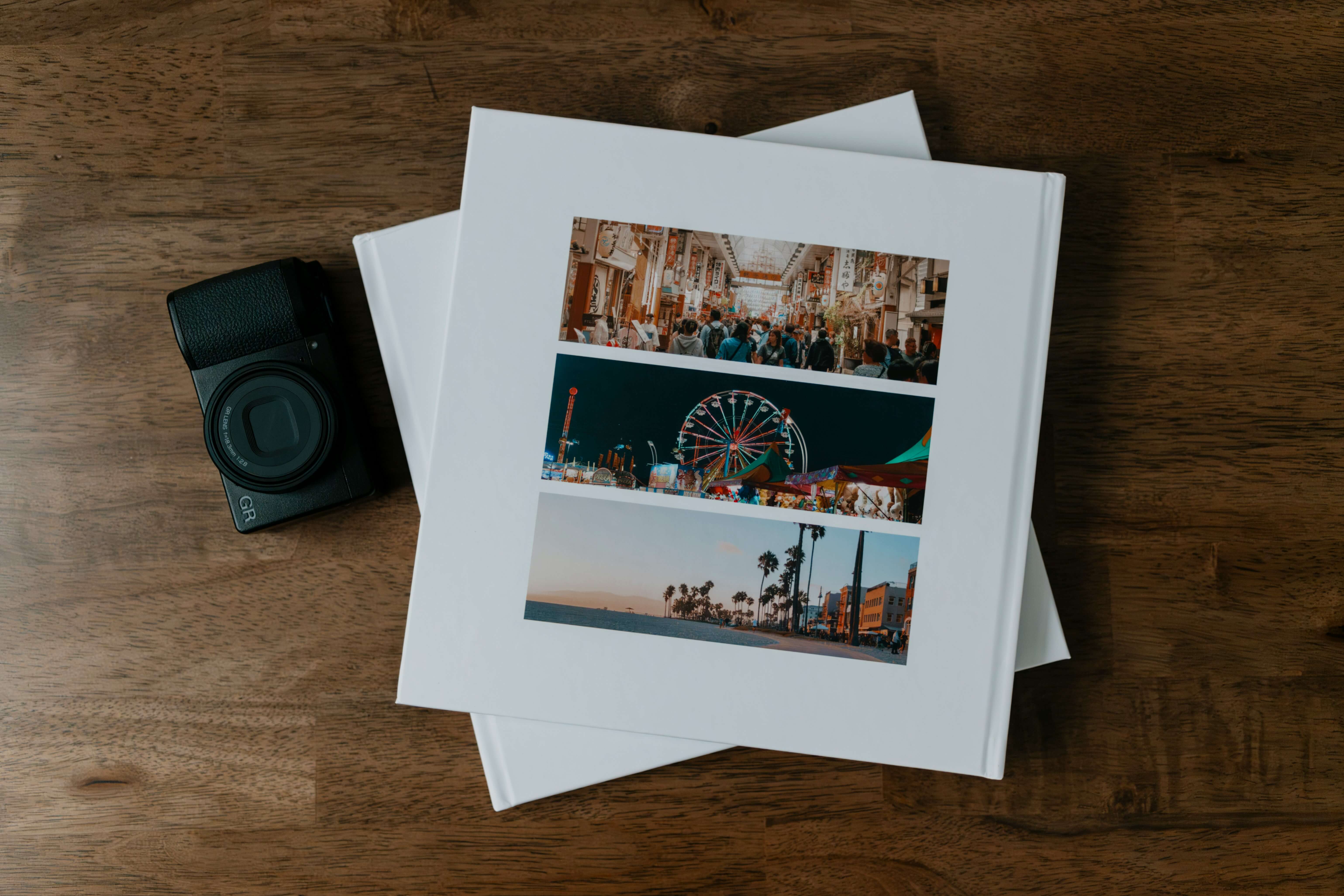
Matte Photo Paper
Compared with glossy paper, matte photo paper has almost no reflectivity, featuring a soft and delicate surface texture with a more quiet aesthetic.
It has stronger ink absorption, presenting colors more smoothly. Although the contrast is slightly lower, it excels in showing black-and-white layers and detailed textures. Matte photo paper is also less prone to leaving fingerprints, making it perfect for close reading or framed display.
Some high-end matte papers even have a frosted coating, which not only improves scratch resistance but also enhances the paper’s layering.
When you want to hang a large-size photo, choosing glossy photo paper may cause obvious reflections on the photo surface under strong light or indoor lighting, affecting the viewing experience. In contrast, matte photo paper scatters light evenly, allowing the work to clearly show delicate layers even in sunlight without being disturbed by specular reflection.
In short, glossy photo paper is suitable for small-size, close-viewing photos like family albums, while matte photo paper is more appropriate for large-size wall art or exhibition displays, such as room decor paintings and mall posters.
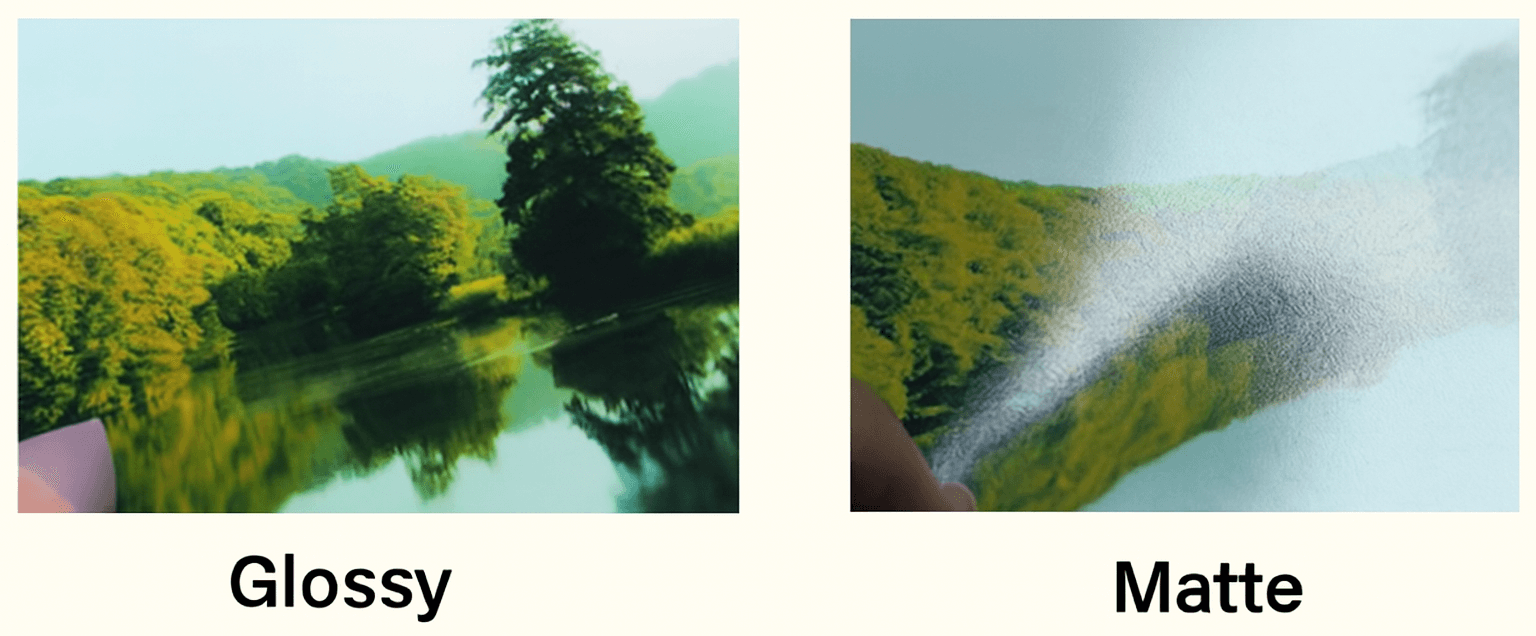
Semi-gloss Photo Paper (Satin / Silk)
Falling between glossy and matte, semi-gloss photo paper is a compromise. It has less reflectivity than glossy paper but is brighter than matte paper, maintaining a certain color saturation and clarity while avoiding excessive specular reflection.
Common semi-gloss photo papers include satin and silk types. Satin photo paper has a relatively fine surface with a slight soft light texture, often used in ID photos, art printing, business reports, and other scenarios. Silk photo paper, on the other hand, has a subtle textile texture, showing unique luster and touch under light. It is both beautiful and fingerprint-resistant, suitable for high-end photo albums or hardbound photo albums.
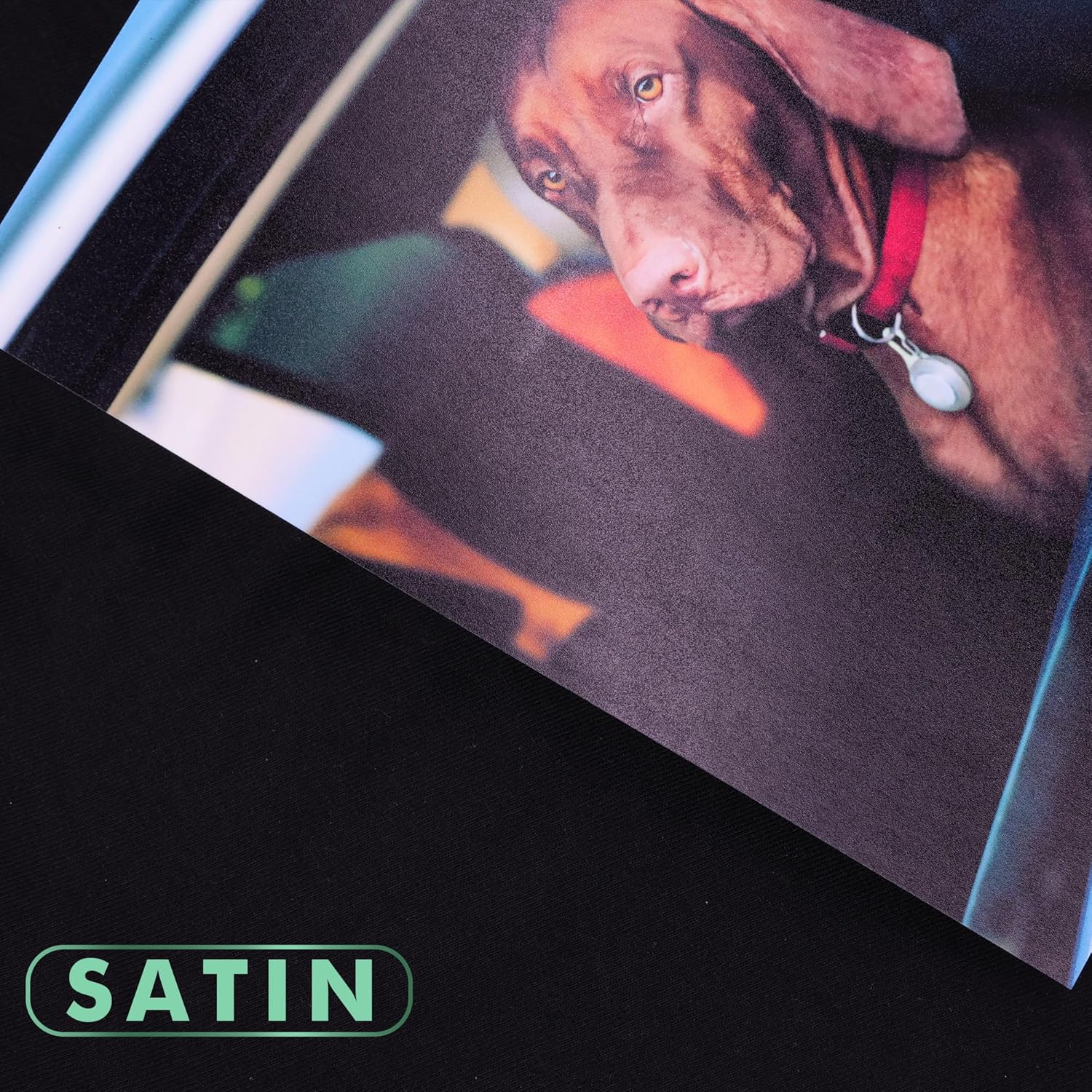
Frequently Asked Questions
Q: I want to print landscape photos. Should I choose glossy or matte?
A: If you want vibrant colors, high contrast, and strong visual impact, glossy paper is a solid choice—especially for bright scenes like skies, greenery, or water. But if you’re framing or displaying the photo under strong light, consider semi-gloss or matte to avoid reflections.
Q: Is thicker photo paper better?
A: Not necessarily. If it’s too thick, it might jam home printers. As long as the paper weight is appropriate and the coating is good, thinner paper can still deliver great results.
Q: How can I tell if a photo paper is good quality?
A: Check if the printed image looks sharp, colors are rich and natural, and drying time is fast. Also, see if the photo resists fading or warping over time. These all point to the paper’s coating and base material quality.
Q: Is digital photo paper waterproof? Can I touch the print right away?
A: Most high-quality papers have a waterproof layer, but “waterproof” doesn’t mean “smudge-proof.” Wait a moment after printing before touching, to let the ink fully set.
Q: How long before printed photos fade? How can I extend their life?
A: With quality ink and paper, photos can last over 10 years. To extend life, store them in cool, dry places away from direct sunlight, and use protective frames or albums.
Q: Can I mix photo papers from different brands?
A: Technically yes, as long as they’re compatible with your printer. But mixing papers may cause slight differences in image quality, especially when printing multiples of the same photo.
Q: Can I use ink and paper from different brands?
A: You can, but test first. If using third-party ink, print a sample to check color accuracy and drying performance.
Conclusion
Whether printing family photos or preparing for work exhibitions, a suitable photo paper often determines the final presentation effect. Understanding the characteristics and applicable scenarios of different photo papers can not only make photos more textured but also make your printing more efficient.
There is no standard answer for choosing photo paper, but there is an answer that suits you. We hope this article can clarify your selection ideas and help you choose the one that matches your work style and practical needs among various photo paper types.
Next, we will continue to share more practical knowledge about photo paper, such as the differences between RC photo paper and cast-coated photo paper, and selection suggestions for different grammages of photo paper. Welcome to continue following the A-SUB Blog. If you have any questions or business needs, please feel free to leave a message or directly contact A-SUB professional service team.
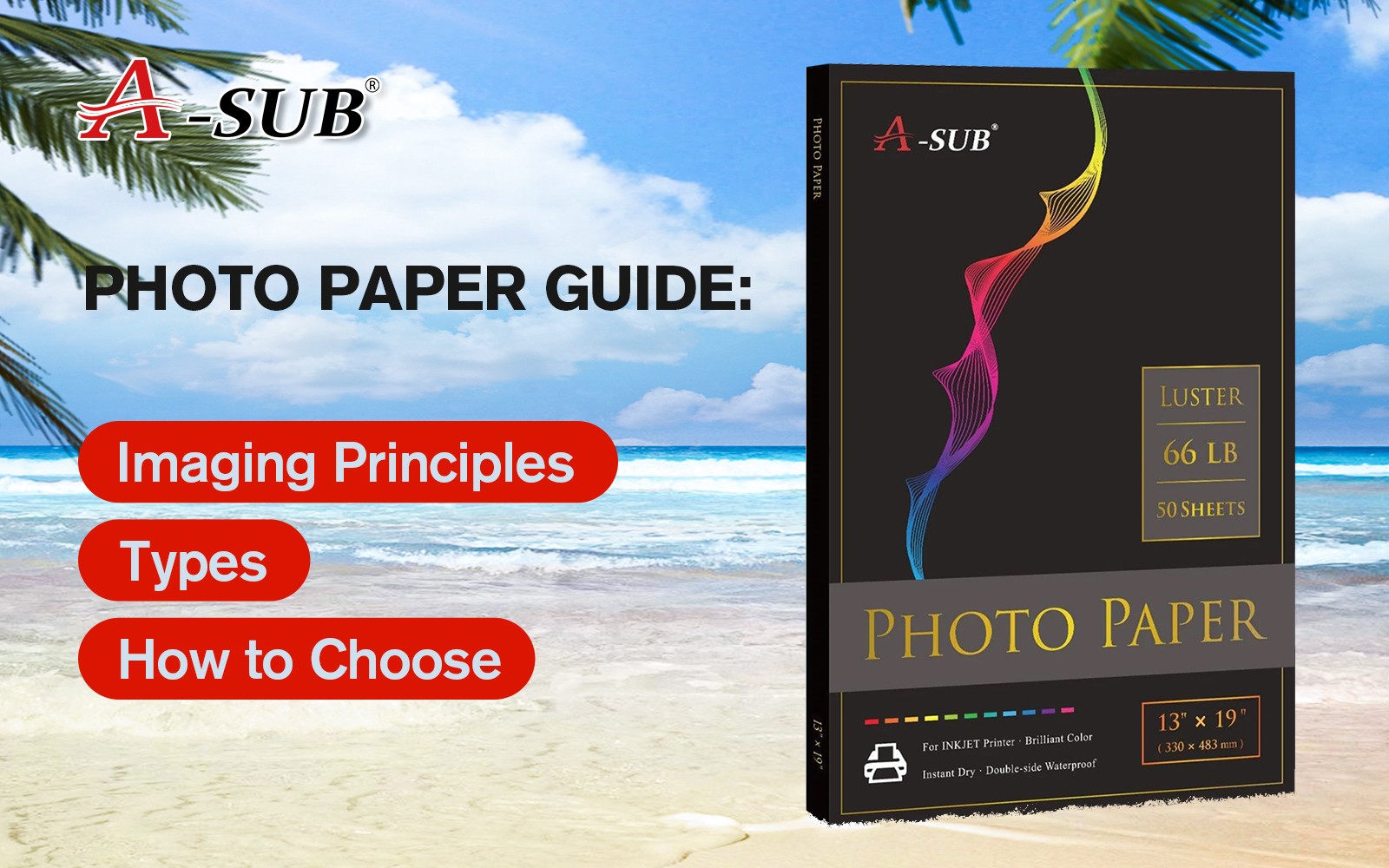

发表回复